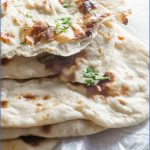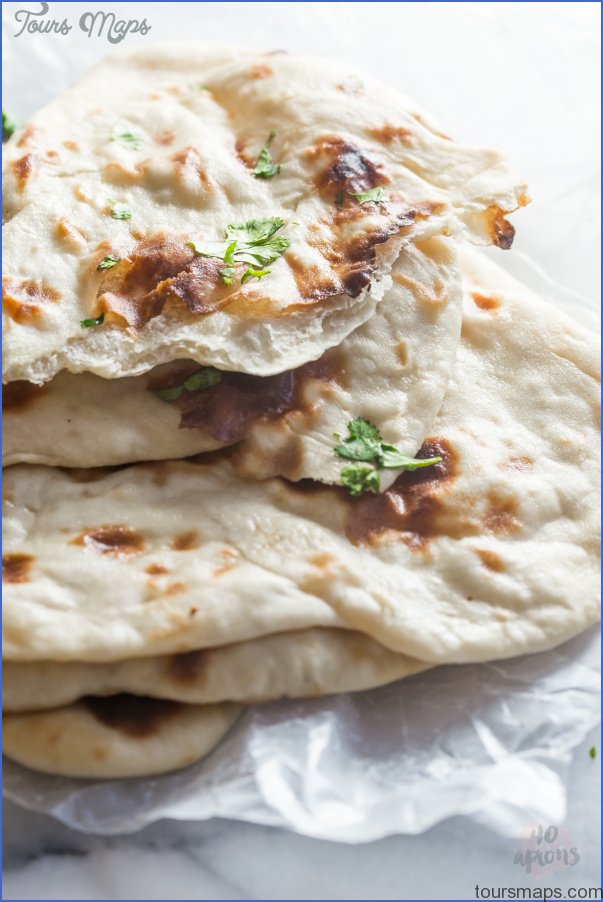Most of us will happily cook an Indian meal for friends and family. Whether this is a monthly, weekly or daily part of our menu, it is a treat we always look forward to. But once wehave mastered a pot of dal, lamb rogan josh or seekh kebabs how many of us take the next step in Indian cuisine India’s bread?
Eat a meal at an Indian restaurant and we will often order a portion of naan bread. But cook a slap-up Indian meal at home and we resort to shop-bought naan to accompany our home-made fare. If you don’t have a tandoor oven in your kitchen you can’t make a good naan, right? Time to think again. Once you’ve got to grips with naan, there’s chapatis, rotis and parathas to get your teeth into too. Here’s a guide to making the perfect naan bread.
Flour
Looking at naan bread recipes you soon realise there is a certain amount of contradiction over what type of flour to use. Some recipes suggest plain flour, others recommend bread flour and then there are those that advise a mix of both. The higher gluten content in bread flour gives a more elastic texture to the end product so go for a 50:50 ratio of the two for the best results.
Raising agent
The bubbly effect of naan bread is traditionally achieved using yeast (or wild yeasts). Some modern recipes suggest using baking powder or extra bicarbonate of soda instead which means the dough doesn’t have to prove for as long (15 minutes rather than a few hours). Great if you are in hurry, but the end result will be more like a pitta than a naan. If you want authenticity, stick with the yeast.
Seasoning
Sugar and salt are both almost always included in a naan bread recipe. The sugar helps the yeast to work and the salt gives flavour. In the same way that salt and sugar are essential, so too is ghee as a topping.
Dough
To create a wet dough different chefs will use different ingredients. Water, milk, yoghurt and egg in different proportions are all used to make the dough. The addition of dairy tends to create a softer dough, but don’t add too much. A good balance is a little bit of yoghurt mixed with plenty of water.
Method
Whenever you work with dough, kneading is an essential part of the process. How little or how much largely depends on the raising agent used. However, for best naan bread results, the more you knead the dough, the better. You want to work the gluten so that the dough becomes stretchy. As you do so you can feel when it reaches the right consistency. You want it to be soft, sticky and stretchy, never tough or dry. And to cook the bread, substitute the scorching heat of a tandoor oven with a very hot dry pan.
For an authentic taste of naan bread or any other Indian dish head to one of London’s very best fine dining Indian restaurants.
A GUIDE TO THE PERFECT NAAN Photo Gallery
Maybe You Like Them Too
- Explore Doncaster, United Kingdom with this detailed map
- Explore Arroyito, Argentina with this Detailed Map
- Explore Belin, Romania with this detailed map
- Explore Almudévar, Spain with this detailed map
- Explore Aguarón, Spain with this detailed map


